Speaking of fruits that start with T, tomatoes and tangerines are probably the first ones to cross your mind. However, there are many more fruits in the “T family” that you might not have heard of before, ranging from citruses to berries.
Do you want to try some delicious kinds of fruits for your desserts, or just expand your knowledge about other foods with names beginning with “T” ?
Or do you want to expand your knowledge with some T-beginning vegetables? Either way, you’ve come to the right place! Stick around to learn the names and exciting facts about these fascinating fruits.
18 Fruits That Start With T with Filters
Explore the selection of 18 fruits beginning with the letter T, ranked by popularity. Use the filter option to discover exotic choices, fruit vegetables, perfect for enhancing meals, beverages, or garnishing items.
Tomato
- For Beverages
- For Dishes
- Fruit Vegetables
Although botanically classified as a fruit, tomato’s commonly treated as a vegetable. Tomatoes vary greatly in size, shape, and color, ranging from small cherry tomatoes to large beefsteak varieties, with red, yellow, orange, and even green hues.
Tomatoes are juicy with a slightly acidic taste that can vary from sweet to tart. They are staple ingredients in salads, sauces, soups, and beverages. You can consume the fruit raw as well.
They are available worldwide, so you can easily catch a slice of tomato in the cuisine of any nation. For their nutritional benefits, tomatoes have high levels of vitamins C and K.
Tangerine
- For Beverages
- For Dishes
Tangerines are a citrus fruit known for their deep orange color and sweet, juicy flavor. Smaller and less rounded than oranges, they have a thinner skin that peels away easily.
The fruit is segmented inside, with each segment packed with sweet, and sometimes slightly tart juice, making it a convenient snack. It can be used to enhance the flavor of salad or beverages.
Regarding its origin, tangerine tree first appeared in America in Palatka, Florida, and was imported from Morocco. Tangerine is named after the city where it originated, the city of Tangier in Morocco. Many people in the United States also call them “Mandarin”.
Tamarind
- For Beverages
- For Dishes
Tamarind is very famous as a tropical fruit for snacks and cooking ingredients. The fruit appears with a pot-shaped and browny shell. The shell is hard but easy to break. Hidden behind that shell is a sweet and slightly sour pulp.
Interestingly, the young leaves are also edible but taste sour and bitter. The best way to enjoy tamarind is to eat it directly after peeling, or you can freeze it, make candy, or boil it to make beverages.
People also turn tamarind into paste form, which makes an incredible addition to dessert and a great alternative to orange zest. Furthermore, the fruit is high in fiber which supports the digestive system.
Tangelo
- For Beverages
Tangelo is a hybrid orange cultivar of mandarin, pomelo, or grapefruit, which is why it offers a delightful blend of sweet and tart flavors like its parent fruits.
Tangelo looks like a small orange and comes with a little pull-out on the top, making peeling it much easier.
There are three varieties: Orlando, with its juicy, segmented, orange body; Minneola, known for its intense, tangy tangerine flavor; and Honeybell, distinguished by its nectarous taste and bell shape.
Consuming a large tangelo can fill up your daily vitamin C requirement. Tangelo trees mostly grow in warm regions.
Tart Cherry
- For Beverages
- For Dishes
Tart cherries are also known as sour cherries. This cherry variant is dark red and has a round shape. Its size is similar to the regular cherry.
These small, round fruits are packed with a juicy punch, offering a sharp taste ranging from slightly sour to pleasantly bitter.
These cherries are rich in antioxidants. They can improve sleep, power up physical performance, reduce blood pressure, release muscle pains, and lower inflammation.
Tomatillo
- For Dishes
- Fruit Vegetables
Despite its appearance, tomatillo, technically, is a type of berry. It looks like a small green or purple tomato cloaking the fruit inside with a papery husk protecting the calyx. As the fruit matures, the calyx will split the husk open.
Taking a bite of tomatillos makes your tongue feel sweet and slightly sour from the juice inside. There are many ways to eat tomatillos, such as making a salad, using them as toppings, broiling it, eating raw, or making beverages and sauces.
Tamarillo
- Exotic
- For Beverages
Tamarillo’s appearance is like a small tomato, often with a more elongated shape. Its skin can range from yellow and orange to red and purple, typically darker than most tomatoes. Tamarillo is also known as “tree tomato”.
The fruit contains small, edible seeds. While you can’t eat its bitter peel, the inside of tamarillo has a sweet and slightly tangy flavor.
Tamarillo is mostly used in making sauces, dessert toppings, juice, or chutney.
Teardrop Tomato
- For Dishes
- Fruit Vegetables
The name “teardrop tomato” is derived from the fruit’s shape. Teardrop tomatoes are as small as grapes but have a pear shape. Thus it has another name, “pear tomato”. The primary color of this fruit is yellow, but sometimes it could be red.
With a sweet, tangy, and juicy interior, they can be eaten raw or be the ingredient of many dishes such as pizza, salad, egg soup, bruschetta, etc.
Tangor
- For Beverages
Tangor is another hybrid fruit that crosses tangerines and sweet oranges. The “tang” part of its name comes from tangerine, and the “or” is in orange. Tangor is also known as Temple orange.
The fruit’s peel is orange, and the pulps inside have a balanced sweet and sour flavor. Because it comes from the citrus family, it’s also an excellent source of vitamin C.
Tachibana Orange
- For Garnish
Tachibana oranges are common in the forests of Japan and China. It has a scientific name called “Citrus reticulata Tachibana”. This fruit is a natural hybrid of mainland Mandarin and island Mandarin.
This orange has a round shape and orange peel. It’s a rich source of vitamin C, but it is not really edible because of the bitter taste. However, you can turn Tachibana oranges into tasty marmalade with enough sugar.
Tayberry
- Exotic
- For Dishes
Created in Scotland, the hybrid tayberry was the result of crossbreeding blackberry and raspberry. Tayberry is named after the Tay River.
This delicious fruit is a large berry with a conical and long shape. It’s covered in deep reddish-purple rind and has the scent and taste of blackberry but without the tartness.
You can use tayberry in the same ways as blackberry and raspberry. They make mouth-watering toppings and are an outstanding ingredient for pies, jams, and jellies.
Thimbleberry
- For Dishes
Thimbleberry, or flowering raspberry, stands out as an uncommon berry. It resembles a ripe raspberry in appearance.
Thimbleberries closely mimic raspberries, offering a delicious flavor. However, its soft and delicate texture leads to rapid spoilage, often within hours of harvest.
Plus, their cultivation is challenging, as they yield only a modest number of berries each season. This scarcity also extends to thimbleberry jam, making it a sought-after but hard-to-find delicacy.
Topaz Apple
- For Dishes
Topaz apple has crispy, juicy flesh and a pleasantly sweet and tart flavor.
Topaz apple is a Czech-originated variant with a striking appearance and excellent flavor. It has a vibrant red skin with golden undertones. The flesh of the Topaz apple is crisp and juicy with the flavors of sweetness and acidity.
This apple variety is not only enjoyed fresh but also holds up well in cooking and baking.
Tommy Atkins Mango
- For Beverages
- For Dishes
Tommy Atkins mango is a medium-large variety with firm, juicy pulps and a mildly sweet flavor.
Although they might not be the tastiest mango variety, they’re still a favorite among Florida farmers, thanks to high productivity and great disease resistance. They are also easy on the eyes and possess a long shelf life.
Texas Persimmon
- For Dishes
The name “Texas persimmon” already tells you where this tree comes from. Texas persimmon are small, round fruits that are black when ripe, each about an inch in diameter.
The fruit’s flesh is sweet and dark, almost black. And it is enjoyed by both wildlife and humans. This persimmon variety is used in various recipes, including jellies, desserts, and wines.
Taylor’s Gold Pear
- For Dishes
Taylor’s Gold pear is a new and upgraded generation of pear, a crossbreed of Bosc pear and Comice pear. This hybrid inherited the golden-brown skin of Bosc pear and the white flesh of Comice pear.
The interior is juicy, and creamy, and will literally melt in your mouth. A simple bite will bring you an explosion of sweet flavor with subtle honey-like notes. Taylor’s gold pear is truly a top-notch choice for fresh eating.
Torpedo Melon
- For Dishes
- Fruit Vegetables
The only member of the pumpkin family in this post is torpedo melon. This unique melon cultivar has an elongated, torpedo-like shape. The exterior ranges from a deep green to a yellowish hue, sometimes marked by a mottled or striped pattern.
Under the skin is the coral-pink to orange and juicy pulp with a lot of seeds in the middle of the fruit. The texture is crisp and refreshing, ideal for summer dishes, like fruit salads, or simply enjoying on its own.
Tarap
- Exotic
- For Dishes
Tarap or terap is a native fruit of Borneo. At first sight, you might mistake tarap for a durian, but it is not. Tarap commonly has the size of a football, and the skin is covered with soft and blunt spines. Bad look, isn’t it? But don’t underestimate the inside.
After peeling the husk, you will smell a unique aroma. You should enjoy the white flesh inside right after peeling. Tarap tastes like grapes, but it is creamy and sweeter. Remember, after a few hours, the pulp will turn dark and taste much less delicious.
What Are Common Vegetables Beginning With T?
Fascinatingly, certain “T” foods double as both fruits and vegetables. Here are some essential ones to explore:
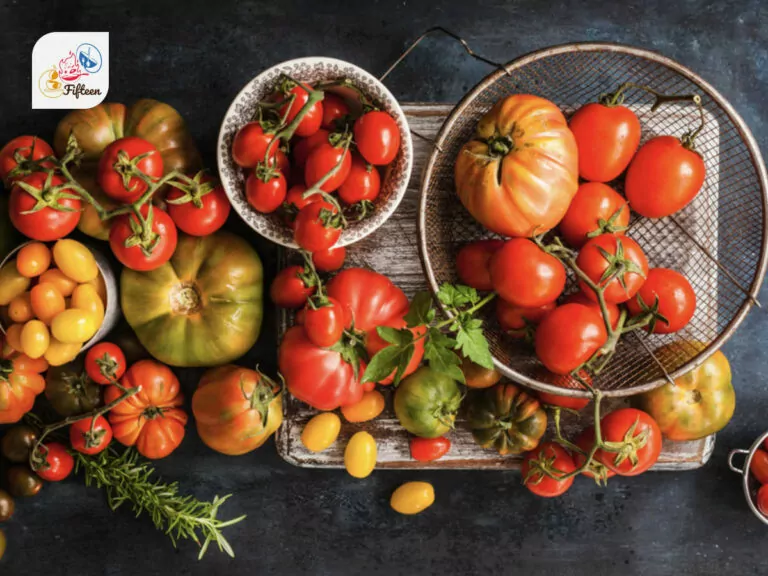
Tomato
Tomatoes are a fruit vegetable, a staple in cuisines worldwide. They come in various sizes, shapes, and colors.
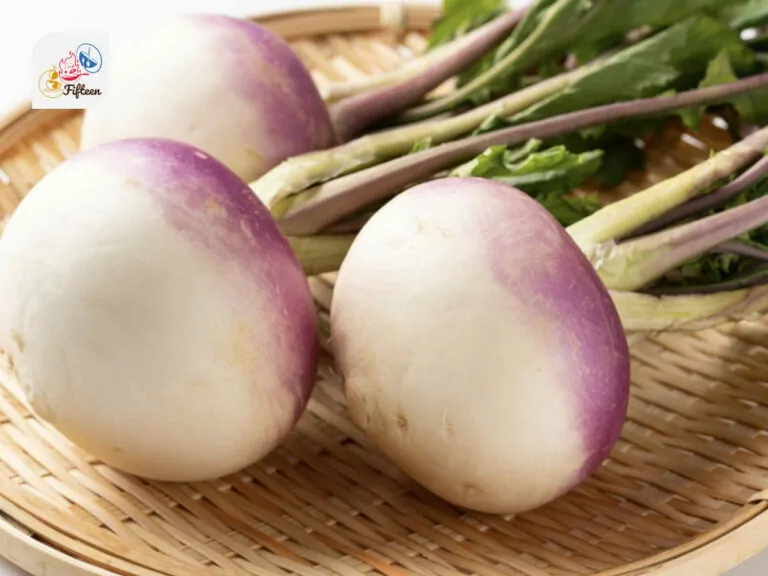
Turnip
Turnip is a root vegetable with a slightly bitter flavor, often used in soups and stews or roasted.
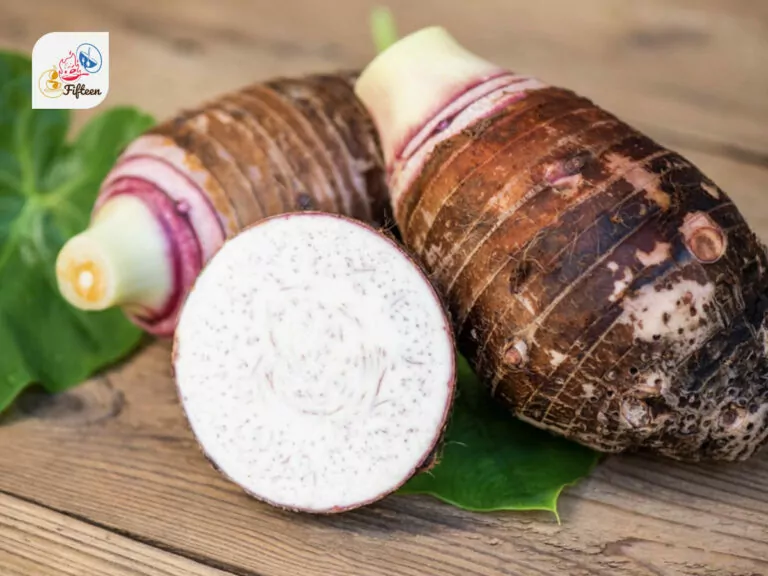
Taro
Taro is a starchy root vegetable often used in Asian and African cuisines, known for its nutty flavor when cooked.
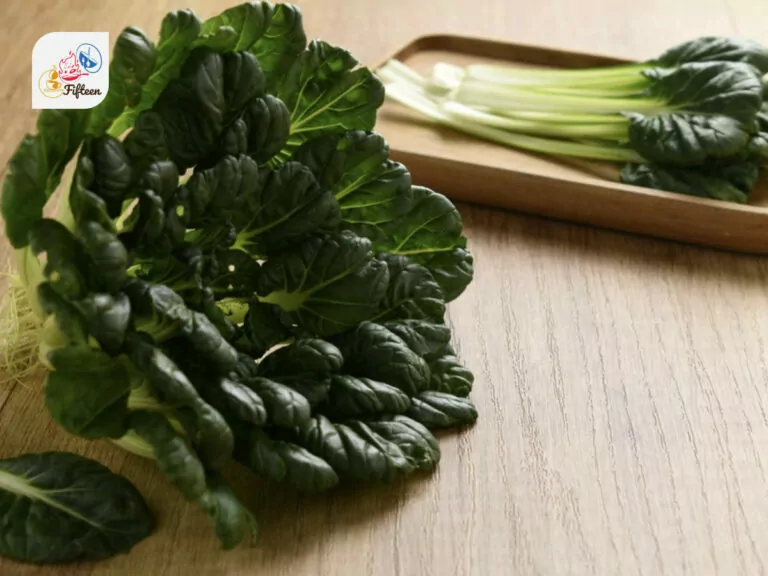
Tatsoi
Tatsoi is a leafy green vegetable, similar to bok choy, used in salads and stir-fries for its mild, mustardy flavor.
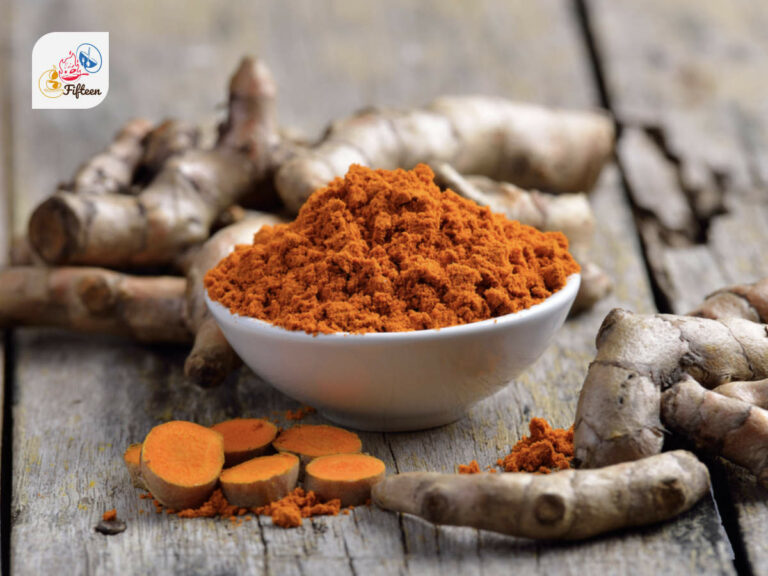
Turmeric
Though turmeric is botanically a root vegetable, in the cooking context, it is often classified as a spice with a warm, bitter taste and a vibrant golden-yellow color.
Remember, these examples represent just a few options for T-starting vegetables. Numerous others are awaiting your discovery.
Overall, improving your health with fruits is a wise choice. Enjoying fruits will become even more interesting if you can fill your desserts with them.
Don’t be afraid to have these fruits on your next shopping checklist. Comment below to let me know which one is your favorite, and don’t forget to share this article.
While you’re at it, check out other articles about fruits starting with the other 25 letters in the alphabet.

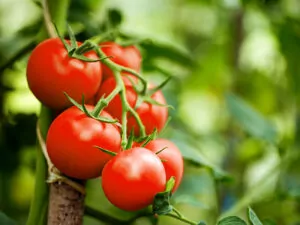
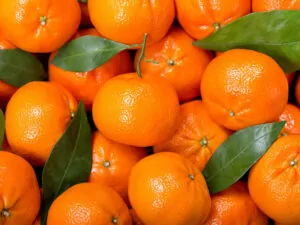


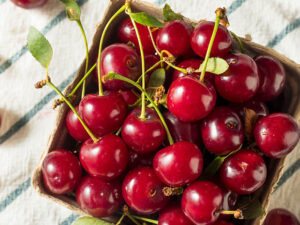
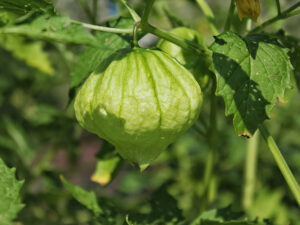
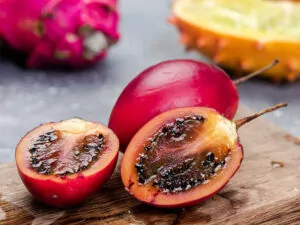
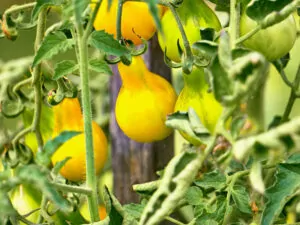

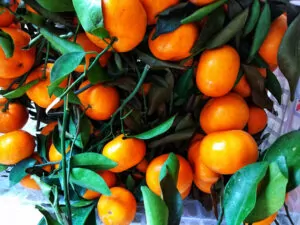
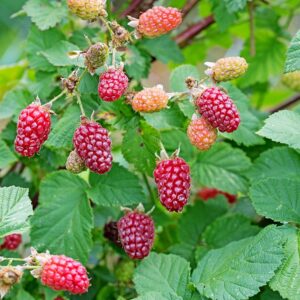
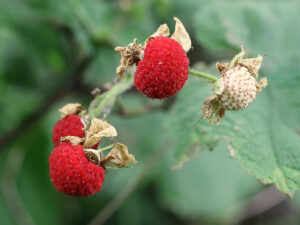
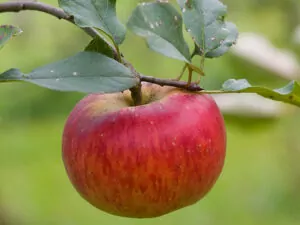
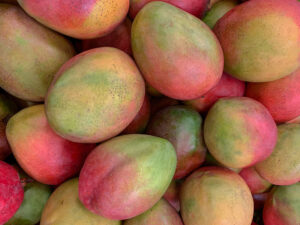
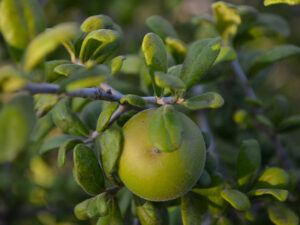
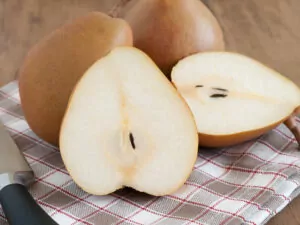
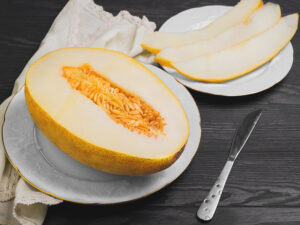
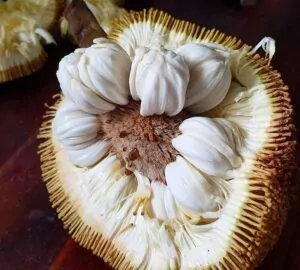
Jamie Scott
Editor in Chief, Senior Content Writer
Expertise
Home Cooking, Meal Planning, Recipe Development, Baking and Pastry, Food Editor, Cooking-video Maker, Western Food Evaluation Expert
Education
Le Cordon Bleu College of Culinary Arts
Local Community College, New York, NY
Jamie Scott is a skilled culinary expert and content creator specializing in Western cuisine. With over 15 years in the culinary field and formal training from Le Cordon Bleu, Paris, Jamie deeply understands how to blend nutrition with delicious flavors. His passion for cooking matches his commitment to making healthy eating accessible and enjoyable.
On Fifteen.net, Jamie brings a fresh perspective to classic dishes and beverages, offering readers insightful recipes, cooking tips, and a fresh view on meal planning that emphasizes taste, health, and simplicity.